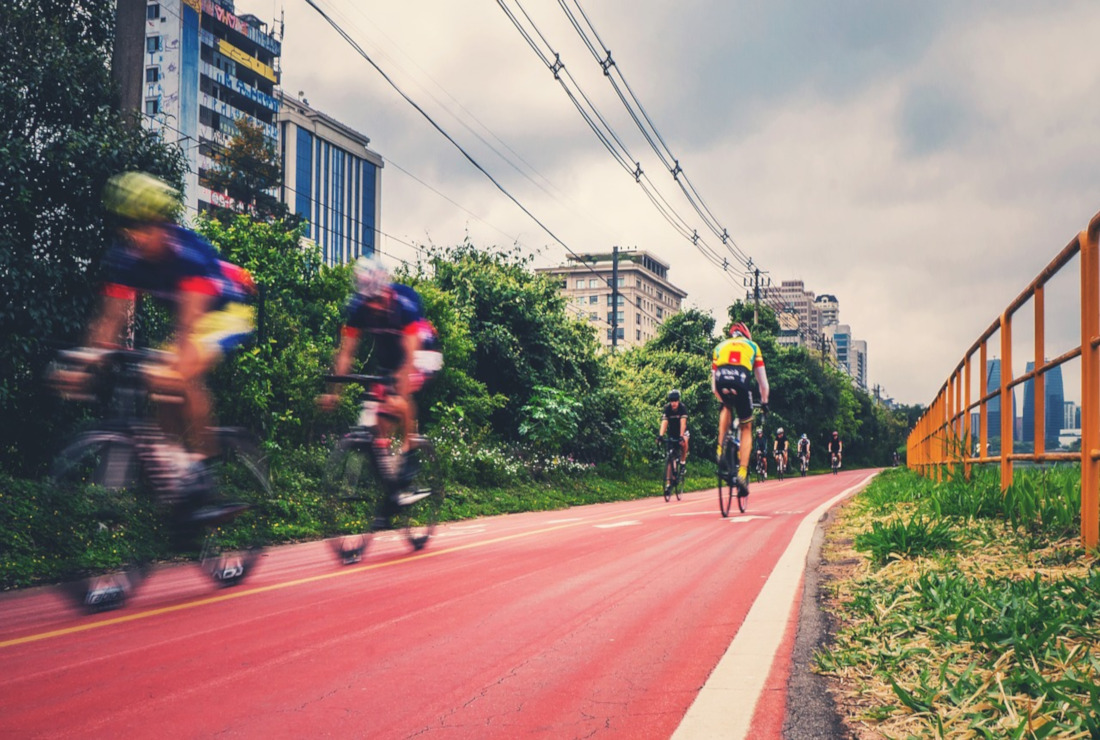
13 Apr More cycles paths – more cyclists
The corona crisis has shown it: More cycle lanes lead to more people getting on their bikes. The Berlin-based Mercator Research Institute on Global Commons and Climate Change (MCC) conducted a study to investigate the effects of pop-up cycle lanes. The study authors analysed data from 736 bicycle counting stations in 106 European cities. The data analysis showed that the pop-up cycle lanes caused an increase in cycling mode share of between 11% and 48%. The researchers excluded those people who chose cycling as a means of transport only because of Corona. Increased bicycle use also has a positive effect on the climate. According to this study, the rule of thumb is: every kilometre cycled saves half a euro in health costs. The detailed study results can be found here.


